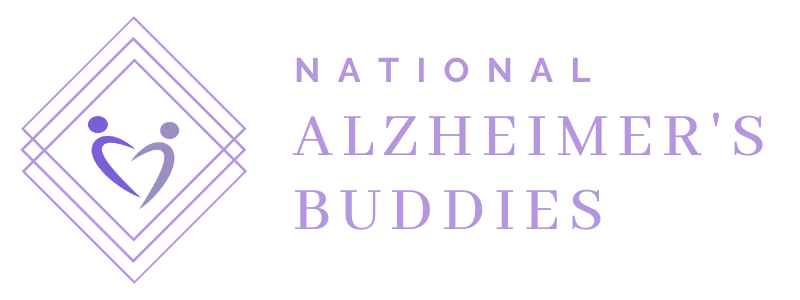In honor of women’s history month, I would like to take the time to recognize the 11 million women who have been affected by Alzheimer’s disease in the United States. This includes both caregivers and people who suffer from Alzheimer’s disease.
Did you know
Alzheimer’s disease affects more women than men with women accounting for two-thirds of those diagnosed.
Women have an estimated lifetime risk of 1 in 5 for developing Alzheimer’s disease at age 65.
Women are 2.5 times more likely than men to live with someone with Alzheimer’s disease.
A woman's health is more affected by caregiving tasks than men, such as the extent of depression may be worse for women.
19% of dementia caregivers had to leave their job since the burden of caretaking was too great.
Why do women have a greater chance of developing Alzheimer’s disease?
Some researchers suggest that women are at greater risk of this disease due to their longer life expectancy than men, life experiences, genetic make-up, or other biological differences.
One study evaluated the incidence rates for Alzheimer’s disease from 16,926 men and women in the Swedish Twin registry and found that there was a significant difference in diagnosis of Alzheimer’s disease for women over the age 80. This was thought to be related to longevity differences between men and women.
Another study revealed little difference in age-specific incidence rates in each sex until after the age 90. At that time, women were more likely to have a diagnosis for Alzheimer’s disease than men.
In addition to longevity differences, another study reviewed sex differences for Alzheimer’s disease and discovered that the drop of estrogen levels could impact neurological decline in women. Estrogen may have neuroprotective properties that help metabolize amyloid; a toxic plaque that is found in those with Alzheimer’s disease. Further studies are needed to see if hormone replacement therapy can assist in decreasing risk for Alzheimer’s disease.
Moreover, this study explored structural and functional differences between men and women. They describe how men have larger brain volumes and slightly more white matter while women have slightly more gray matter.4 Women with Alzheimer’s disease have been found to have greater brain atrophy, a larger amount of brain tangles and plaques, and a smaller hippocampal volume than men. The hippocampus is vital for learning and memory. It is unclear if the increased atrophy for women is due to anatomical differences.
The APOE4 gene has been shown to be the strongest genetic risk factor for Alzheimer’s disease. One study found that Caucasian women who were heterozygotes with one APOE4 gene and one APOE3 gene (most common Alzheimer’s disease gene) were more likely to develop Alzheimer’s disease than men. Therefore, there may be sex-specific genetic differences, however, there was a lack of evidence to generalize this to other races.
Recognizing some well-known women who have suffered Alzheimer’s disease:
Rita Hayworth- Starting in the 1940s, she became a famous actress and was well-known as “The Love Goddess” due to her stunning beauty. Sadly, she developed Alzheimer’s disease in the 1980s and passed away in 1987 at age 68. Her diagnosis created awareness of Alzheimer’s disease, which was not a well-known disease at that time.
Rosa Parks- She was one of the most well-known American civil rights activists for refusing to give up her seat on the Montgomery bus. Her courage helped initiate the United States’ Civil Rights Movement and created awareness of equality to minority groups. At age 92, she passed away from Alzheimer’s disease.
Pat Summit- As the head coach for the University of Lady Vols, she was known for her team’s impressive records. By her retirement, she achieved the most career wins in women’s basketball history and won eight NCAA championships. Sadly, she developed early-onset Alzheimer’s disease and needed to retire at age 59.
Evelyn Keyes- As a famous actress, well-known for her roles in Gone with the Wind and The Seven Year Itch, she developed Alzheimer’s disease in the 1990s and passed away at age 91.
A few non-profit organizations that support and create awareness to the disparities of women diagnosed with Alzheimer’s disease:
This month, please take the time to recognize and support all the women who suffer from Alzheimer’s disease and the caretakers of those who have dementia. Further research is needed to understand why women are disproportionately affected by Alzheimer’s disease. Hopefully, in time, we will be one step closer to a cure. Please consider supporting our non-profit organization, as well as others who have the same mission.
By Michelle Flanagan
References

